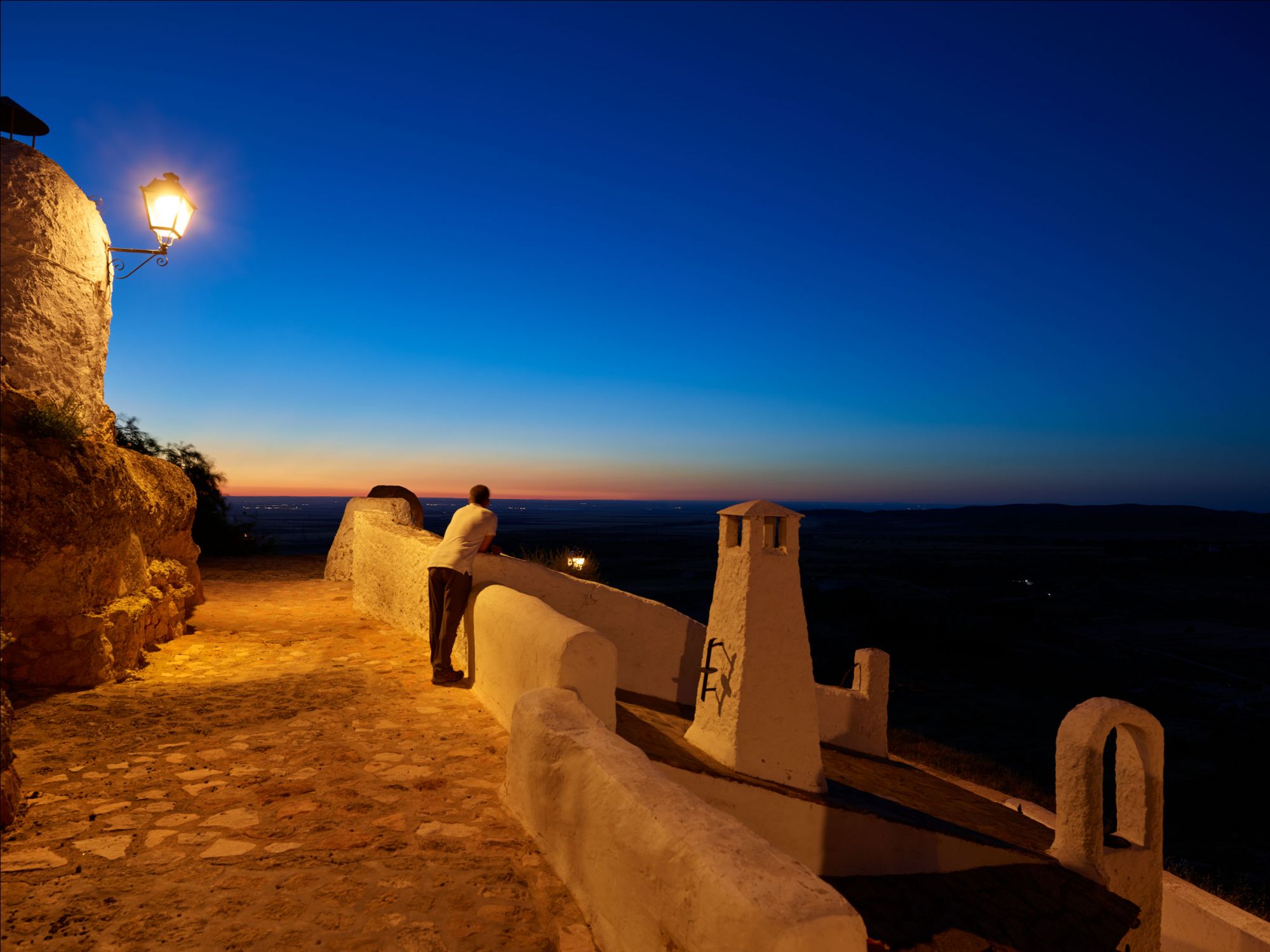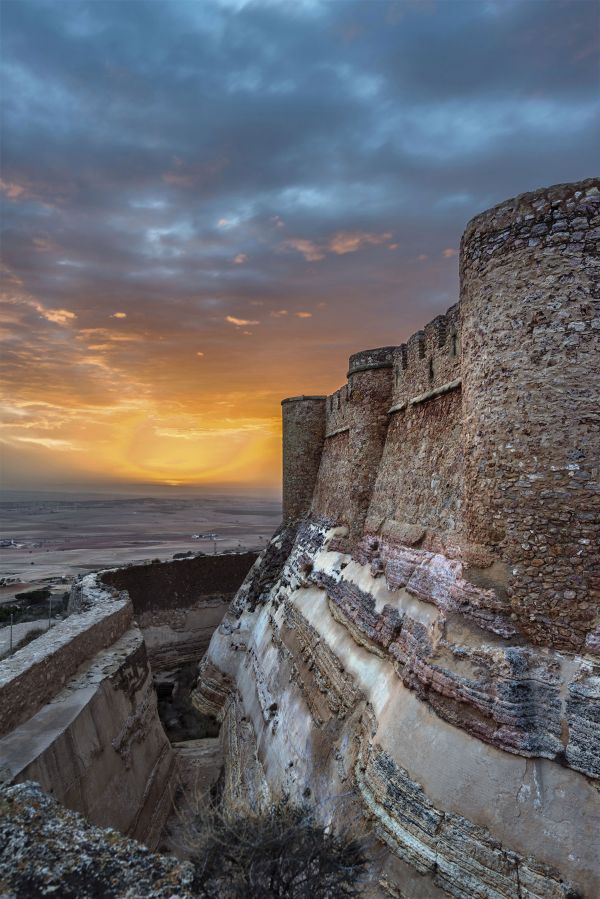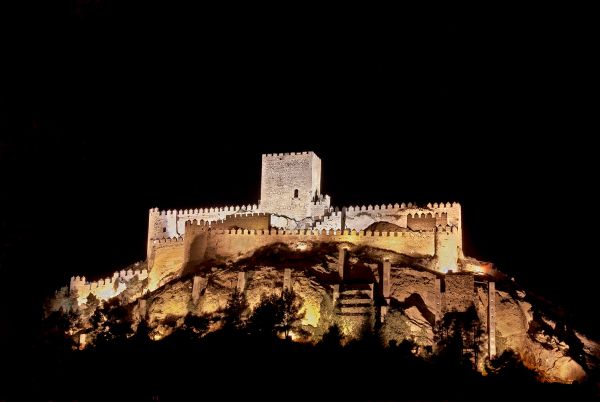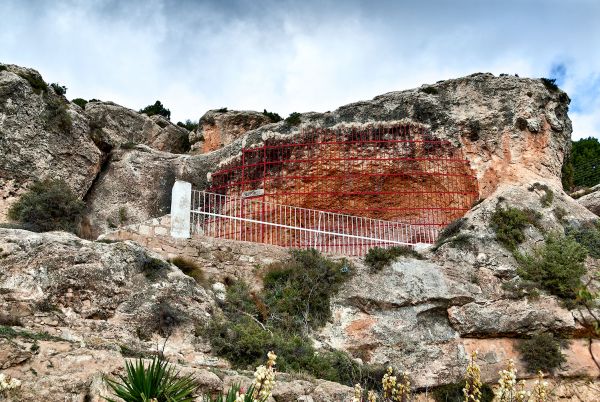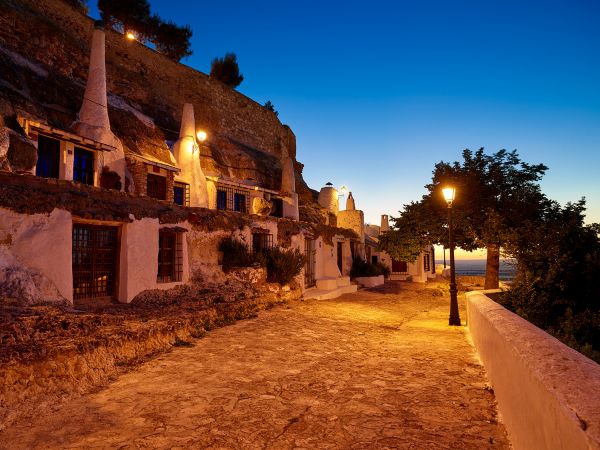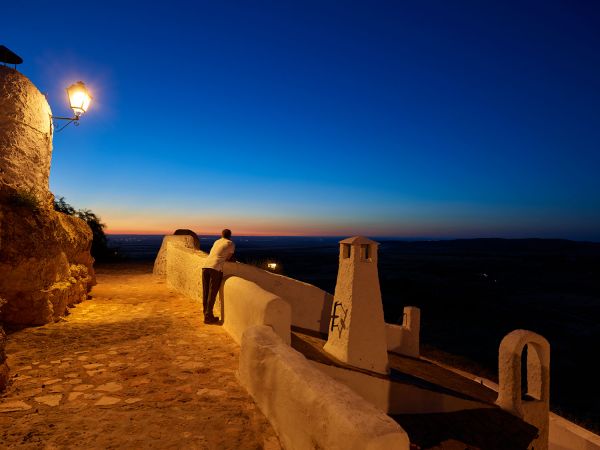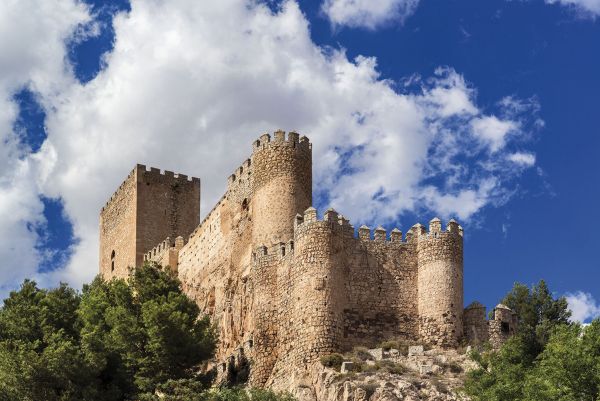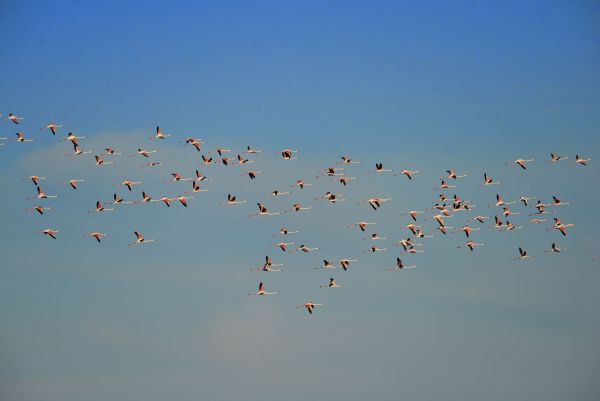La Mancha de Montearagón and Almansa
Albacete
Our first destination is Alpera. In the Cueva de la Vieja cave, we’ll visit a prime example of Levantine cave art, with paintings declared a World Heritage Site.
20 km away is Almansa: its castle is one of the most impressive in the region. At its foot, a pleasant stroll through stately homes, palaces and convents means we’ll work up an appetite for sure. Almansa offers a wide range of restaurants: it’s the perfect opportunity to try La Mancha gazpacho, with ingredients such as rabbit, partridge, garlic, pepper and tomatoes.
The Almansa castle is nestled on the Cerro del Águila, a rugged peñascal mountain. It is a border fort between the Spanish kingdoms of Castile and Aragón and the Muslim kingdom of Murcia; and currently between the provinces of Albacete, Valencia, Alicante and Murcia.
In 1952, the castle underwent extensive restoration on its peripheries. The interior, which wasn’t renovated, only has a few remains that allow visitors to image its primitive configuration. During the works carried out, a beautiful spiral staircase was discovered that, from the keep, provides access to the upper terrace of such tower.
The Interpretation Centre is at the foot of the tower, which serves as a museum and guide for enjoying Almansa.
The Casa Grande or Palace of the Cirat Counts, the current town hall, is laid out around a square floor plan, which is accessed from a hallway with a low arch, and also serves to distribute the living quarters, a structure that upholds the palatial 16th-century idea. The patio looks out on galleries with pointed arches supported by Ionic columns corresponding to the two floors. The arch spandrels reproduce the coat of arms of the main façade.
The Augustinian Convent of Corpus Christi has a simple façade with a rectangular opening framed by Salomonic columns. The Parish of Our Lady of the Assumption is a fine blend of Neoclassical, Renaissance and Gothic styles. The San Francisco convent is a magnificent expression of baroque art. Other places of interest are the old Neoclassical town hall, the Charles IV bridge in the west of the city, the Cuco de los Graganchines, etc.
The Local Festivals, a National Tourist Interest, are held from 1-6 May. Over 3,000 people take part in traditional acts, the Lamb Raffle, Flower Offering, Serenade, Battle of Flowers, and the Procession of the Virgin.
On the road to Albacete, we take a detour via the Pétrola Lagoon Nature Reserve, one of the province’s most interesting wetlands in terms of fauna, with over 45 bird species detected, both nesting and winter birds]. A spectacular and surprising ecosystem.
Nearby, our final stop is Chinchilla de Montearagón. This is the place to watch the sunset, over vast La Mancha plains - an unforgettable memory. We are in one of the oldest towns in the Albacete province, a medieval treasure with almost fully preserved buildings and streets bearing witness to an impressive past. The castle is particularly noteworthy, which dominates the landscape from the San Blas hill.
May also be of interest to you
Castilla-La Mancha Tourism in 2023. All rights reserved.
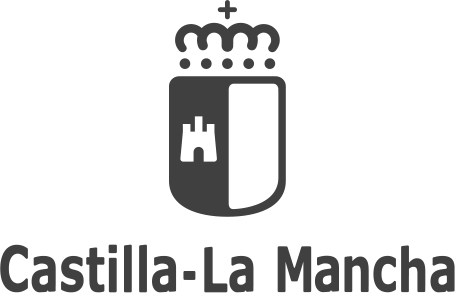
 365
365
